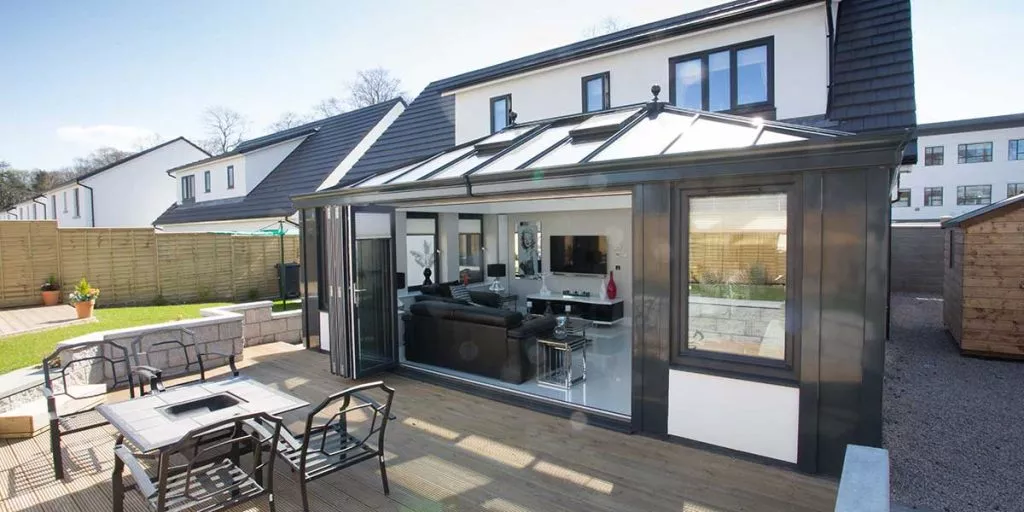This is the pivotal question that needs to be answered prior to ERG Scotland heading out to a customer’s home and constructing a home extension on their behalf.

It would be completely irresponsible and unprofessional of us to install any conservatory, orangery, sunroom, or any other form of extension, without checking if planning permission is required first.
While it can take between 8-13 weeks to find out if a local planning department has granted permission when an application has to be made, it’s definitely worth the wait; not least because you know the design is completely in the clear so far as planning laws are concerned. What you don’t want to happen is for a planner to inform you that the design contravenes the rules once it’s already been built and serve you with an enforcement notice, forcing you to modify, or potentially, demolish the design.
We may discover that no planning application needs to be submitted because the extension comes under Permitted Development Rights – in this instance, the extension can instantly be built.
What is a Permitted Development?
But, to be a Permitted Development, your chosen extension has to satisfy all of these limits and conditions:
- No more than half the area of land around the “original house”* would be covered by additions or other buildings.
- No extension forward of the principal elevation or side elevation fronting a highway.
- No extension to be higher than the highest part of the roof.
- Single-storey rear extension must not extend beyond the rear wall of the original house* by more than three metres if an attached house or by four metres if a detached house.
In addition, outside Article 1(5) designated land* and Sites of Special Scientific Interest the limit is increased to 6m if an attached house and 8m if a detached house until 30 May 2019.
These increased limits (between 3m and 6m and between 4m and 8m respectively) are subject to the neighbour consultation scheme. - Maximum height of a single-storey rear extension of four metres.
- Extensions of more than one storey must not extend beyond the rear wall of the original house* by more than three metres or be within seven metres of any boundary opposite the rear wall of the house.
- Maximum eaves height of an extension within two metres of the boundary of three metres.
- Maximum eaves and ridge height of extension no higher than existing house.
- Side extensions to be single storey with maximum height of four metres and width no more than half that of the original house.
- Roof pitch of extensions higher than one storey to match existing house.
- No verandas, balconies or raised platforms.
- On designated land* no permitted development for rear extensions of more than one storey; no cladding of the exterior; no side extensions.
* The term “original house” means the house as it was first built or as it stood on 1 July 1948 (if it was built before that date). Although you may not have built an extension to the house, a previous owner may have done so.
* Designated land includes national parks and the Broads, Areas of Outstanding Natural Beauty, conservation areas and World Heritage Sites.
Even if it falls short of fulfilling just one of the limits and conditions, a planning application will need to be drawn up and submitted. ERG will assist with this.
Thinking about building an extension in Scotland? Our team are happy to help you get the planning permission you need for your conservatory or orangery so you can create your perfect living space. You can get lots more useful information about planning permission in a guide we’ve written about the subject. Click here to receive an instant copy.